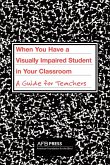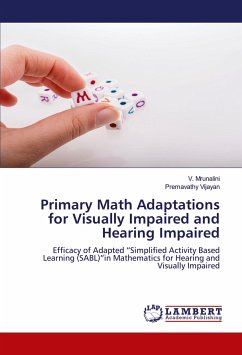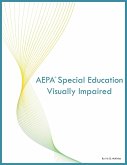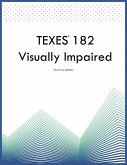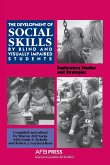Socially, a person with a visual impairment is limited in interaction with the environment. He or she may not see facial expressions fully, may not be able to model social behaviours through imitation and sometimes is unaware of the presence of others unless a sound is made (AFB, 2002). Lowenfeld, (1971) stated that 'Education must aim at giving the blind child knowledge of the realities around him, the confidence to cope with these realities and the feelings that he is accepted as an individual in his own right'. The direct effects of blindness and visual impairment may have certain educational implications. These all insists over the fact that there are possibilities of some different adjustment process and different academic anxiety. This publication explores the academic anxiety among visually impaired children as well as other children.


